|
|
|
|
Products mentioned in this Article
--None--
|
|
|
|
|
|
|
|
|
 |
|
|
 |
A Brief History of the PIAT
PIAT (Projector, Infantry, Anti-tank)
There are a few misconceptions about this weapon, for example; that the spring propelled the bomb, or that you had to stand to cock the weapon after every shot.
|
|
In this article I hope to explain how the PIAT really works, it effectiveness and a little about its development.
The PIAT was the invention of Lieutenant-Colonel Blacker of the Royal Artillery. He was interested in the spigot dischargers. The spigot system worked without the barrel usually associated with projectile weapons and instead uses a spigot (a heavy steel rod), which is driven into the hollow tail of the projectile. An explosive charge in the rear of the projectile ignites, once hit by the spigot, and propels the projectile off the spigot and towards its target.
Right: ’Blacker Bombard’ Spigot Mortar.
Below Left: ’Blacker Bombard’ emplaced.
|
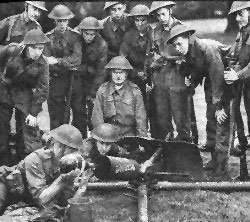 |
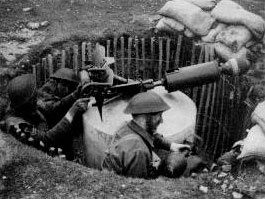 |
Initially Blacker was looking at this system to make a dual purpose weapon, something that could be used for either high explosive (like a mortar) or anti-tank (with direct fire). His first successful incarnation of this concept was 29mm Spigot Mortar, which became known as the ’Blacker Bombard’. It saw service with Home Guard and Airfield Defence units from 1941.
He next moved on to looking at a man portable version this weapon, it was soon dubbed the ’Baby Bombard’. The ’Baby Bombard’ was tested and found unsatisfactory due to the poor performance of its anti-tank round. In February 1942 a more effective warhead had been developed, the ’Baby Bombard’ was revisited and became the PIAT. It was put into production in August 1942.
|
How it worked
A large spring was cocked by unlatching the shoulder pad, standing on it, and pulling the weapon up so that the spigot and spring were latched in the firing position. This was only done for the first cocking before firing. The body was then slid back to the shoulder pad and latched.
|
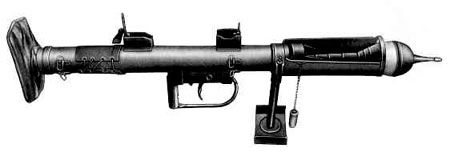 |
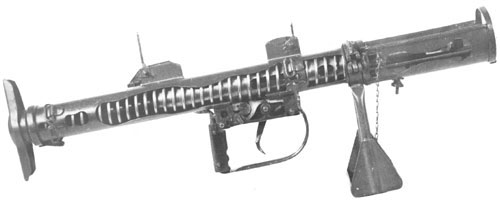 |
A bomb was then placed in the tray at the front
of the weapon and it was ready to fire. On pulling the trigger the
spigot was released from the spring. It entered the rear of the bomb
where it ignited an explosive charge, which propelled the bomb along
the spigot and out of the weapon. The same explosion repelled the
spigot back into the spring re-cocking the weapon. All that was needed
was another bomb added to the tray. |
It weighed 3lbs, and had an effective range of 100 yards. It could penetrate up to 75mm of armour.
A love-hate relationship
The men of the British army were of mixed opinion on the PIAT, they found it heavy, cumbersome, difficult to cock and hard on the shoulder when fired. But it proved an effective anti-tank weapon, capable of defeating most tanks when used with cunning and daring.
Wayne
Other British Infantry Weapons...
|
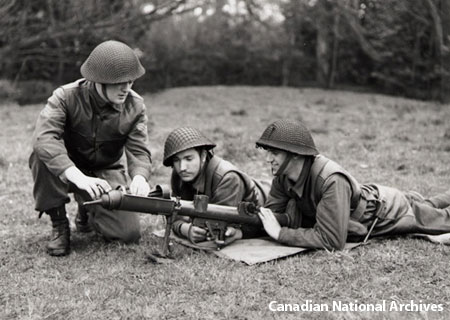 |
Last Updated On Friday, August 22, 2008 by Wayne at Battlefront
|
|
|